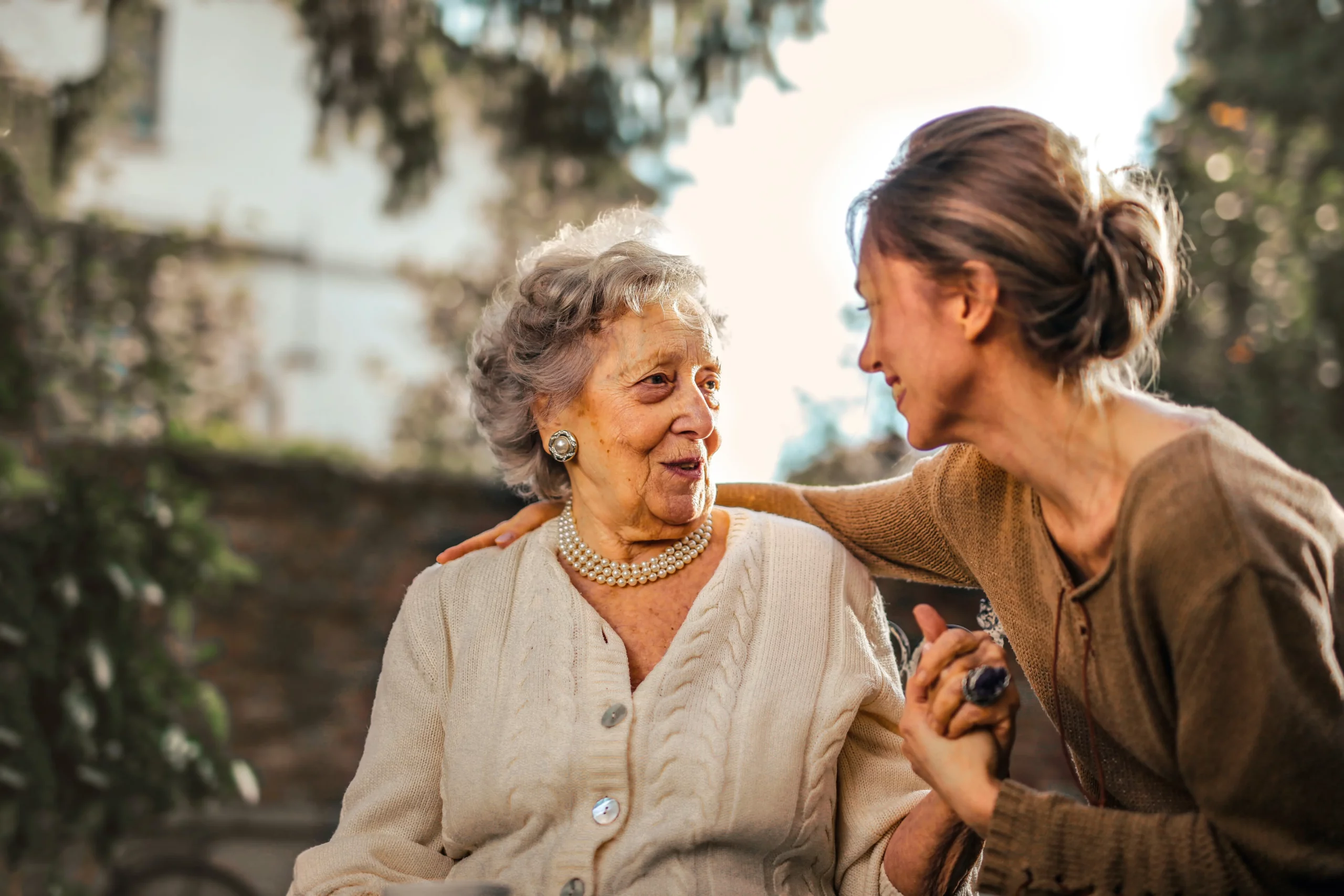Did you know:
- Falls are the leading cause of both fatal and nonfatal injuries for people aged 65?
- That one in four older Americans fall every year?
- Every 15 seconds, an older adult is treated in the emergency room for a fall?
- Every 20 minutes an older adult dies following a fall?
- Falls are the leading cause of injury death for older Americans?
Falls can result in hip fractures, broken bones, and head injuries. And, even falls without a major injury can cause an older adult to become fearful or depressed, making it difficult for them to stay active.
If you a senior, or have an aging parent, grandparent, or friend, helping reduce the risk of falling is one of the best ways to people can stay healthy and independent, as long as possible.
The good news about falls is that most of them can be prevented. The key is to know what conditions may predispose you to falls and what types of things you can do to make you stronger and help with balance issues. Here are some common factors that can lead to a fall:
- Balance and gait: As people age, coordination, flexibility and balance becomes affected, so it is important to stay active. Walk in your neighborhood, mall or local gym. Walk with a friend or your dog. Consider taking St. Therese of Lisieux’s Strength and Stretch exercise classes on Monday, Wednesday and Fridays at 9:30am-10:30am in the Social Hall. Not only will they help keep you active, your social life will be enhanced! Yoga and Tai Chi classes will help with balance.
- Vision: In the aging eye, less light reaches the retina—making contrasting edges, tripping hazards, and obstacles harder to see. Things on the floor may be harder to see, than in the past. Consider leaving a small light on or using night lights in your home in case you need to get up during the middle of the night.
- Environment: Homes need to be free from tripping hazards such as rugs, as well as small objects laying around the house. This includes pets who might be lying down next to you, or near your feet when walking. Area rugs can be dangerous if not secured to the floor. Use non-skid slippers and shoes that fit well and make sure the soles do not stick to the floor. Ensure the floor in the house is not wet or slippery. This is especially important in the bathroom. Bathrooms can be very dangerous places! Utilize rugs that have rubber backing so they do not slide, non-slip mats in the shower/tub and grab bars near the shower and toilet. If you are unsteady on your feet, make sure someone is with you when showering or bathing. When you are outside, watch for broken or uneven cement or slippery conditions, especially in the winter. Consider buying boots with traction on soles for icy conditions.
- Medications: Some medications cause dizziness or lightheadedness. If you are getting up from bed, make sure you sit at the side of the bed for a minute or so, before standing up. Some medications such as diuretics and blood pressure medications can cause people to become dehydrated, so make sure you are staying hydrated and be careful when walking to the bathroom. Don’t wait until the last minute to go to the bathroom so you have to rush!
- Chronic conditions: More than 80% of adults have at least one chronic condition. Some of these conditions predispose people to loss of function or inactivity. If you have chronic mobility or back problems, it is important to be especially careful when ambulating. This includes using a walker or cane and not holding onto counters and furniture if you already have mobility issues. If you take multiple medications, ensure your healthcare provider is aware of ALL of the medications you might take., Read the instructions for your prescriptions, and talk with your healthcare provider about any side effects you may experience.
References:Adapted from the National Council on Aging


